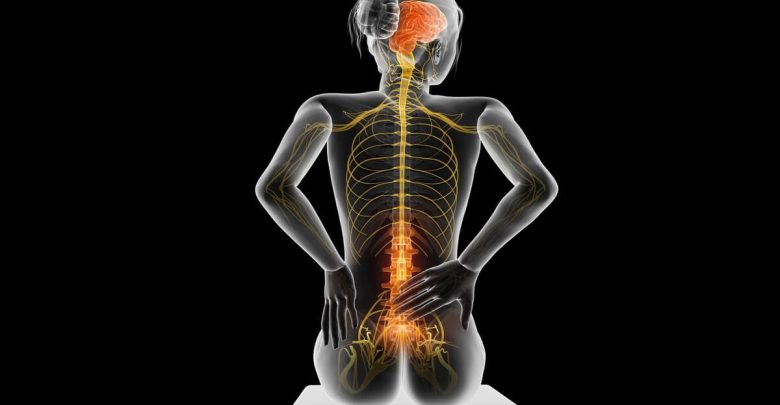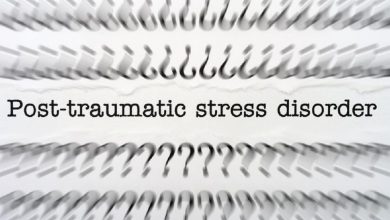Spine Surgery Nerve Damage

Some operations on the spine are unsuccessful in alleviating back pain and discomfort and may leave the patient with chronic pain to a greater or lesser degree than prior to their back surgery. It is important that patients understand that this is a risk with any back surgery, and that not all patients experience a rapid and happy recovery from their symptoms. Asking the surgeon about the success rate, and patient satisfaction associated with the options for back surgery can help enormously in the decision-making process. Some pain immediately after surgery is expected, but chronic pain should be reported to the doctor for investigation.
Nerve Damage from Back Surgery
On occasion, the back surgery itself may cause nerve damage that results in pain, paraesthesia, and dysfunction of the spinal nerves. Spinal nerves are extremely sensitive and it can be quite difficult for the surgeon to avoid some impact on the nerves when operating in such a confined area. The more invasive a surgery is the more likely that the spinal nerves will be negatively impacted, with tears, compression, bruising, and stretching possible.
Some of the damage simply takes a little time to heal, whereas the severing of a spinal nerve and damage to the myelin sheath protecting it can lead to a permanent loss of nerve function. Damage to the myelin around the nerve can cause a decreased nerve signal (just like electrical wire insulation). The symptoms of the nerve damage depend on the specific nerve(s) affected with different vertebral levels according different risks. In some cases the nerve may heal itself and regrown over time, but this can take many months, or even years, and may not happen at all.
Extreme Cases of Nerve Damage
In extremely rare cases, autonomic nerve injury may lead to the heart or lungs being affected with acute respiratory and cardiovascular complications and death. More commonly, there will be some degree of numbness, paraesthesia, and pain which leads to a burning or tingling sensation as the nerve heals. If permanent nerve damage has occurred then the patient may experience a progressive loss of muscle tone and weakness with physical therapy forming part of the recovery or pain management process. Spinal nerve trauma is more likely in cases where multiple incisions are made and the surgeon is working in a confined space around the spinal nerves themselves. A PLIF procedure, for example, has a higher risk of nerve trauma in comparison to the TLIF due to the double-sided nature of the back surgery and the narrow foramina through which the procedure is performed on both sides. For patients with a high degree of stenosis, through disc herniation, osteophyte growth, or spinal curvature, back surgery can both increase and decrease the risk of spinal nerve trauma, with each case being assessed as regards risks and benefits.



